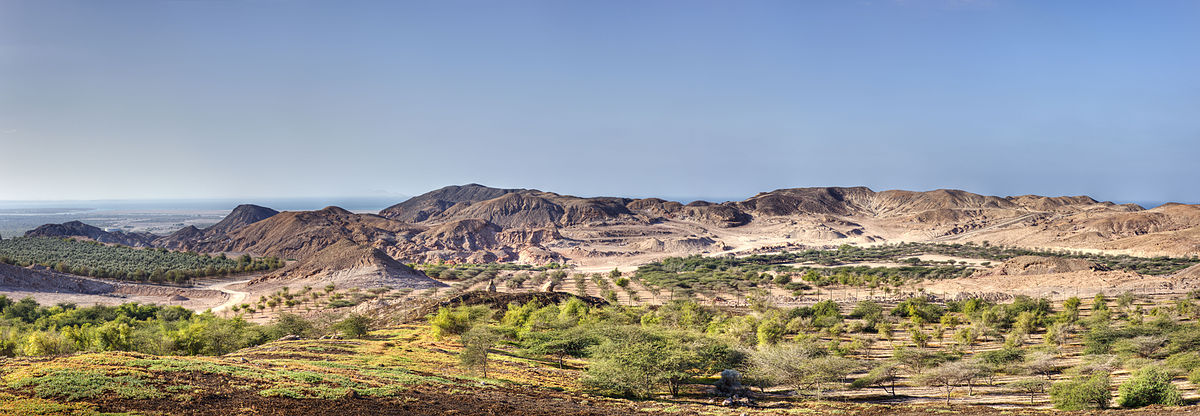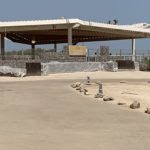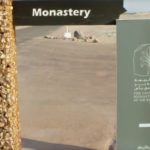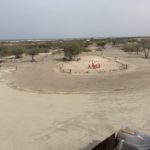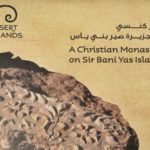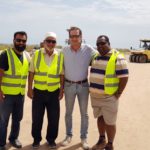Article Source. Besa, Victor “Oldest Christian site discovered in UAE reopens to public 13, June . 2019 https://www.thenational.aOldest Christian site discovered in UAE reopens to publice/uae/heritage/oldest-christian-site-discovered-in-uae-reopens-to-public-1.873973
Oldest Christian site discovered in UAE reopens to public
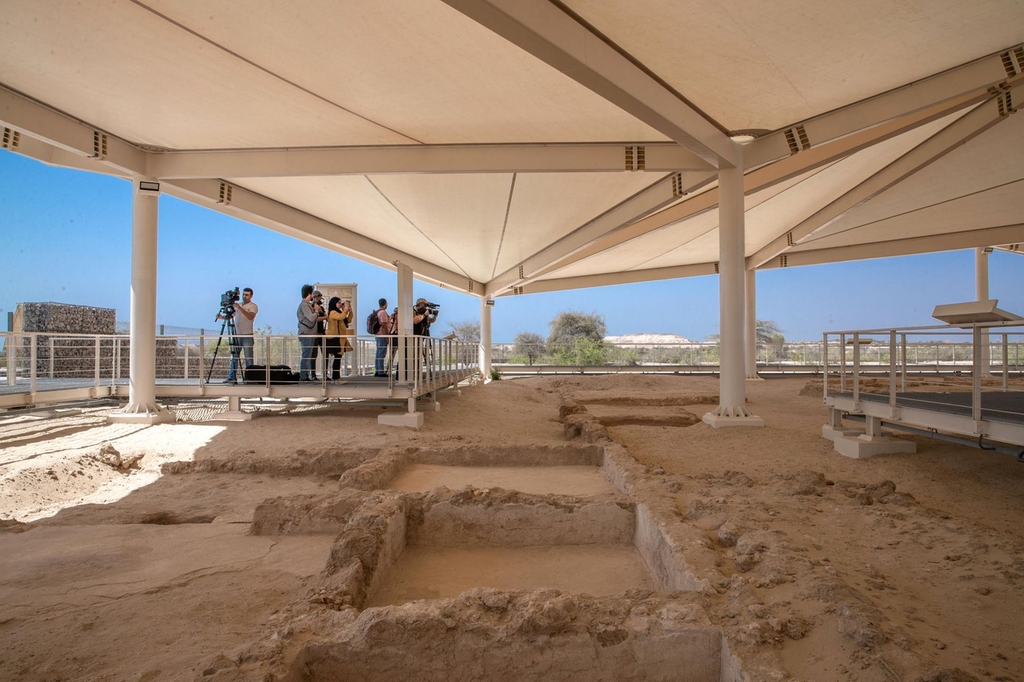
A 1,400-year-old monastery that was the first Christian site discovered in the UAE has reopened to the public.
The site on Sir Bani Yas island, about 200km west of Abu Dhabi city, has been covered by a new shelter, information boards added, lighting installed to allow night tours and new roads built to improve access.
The 7th Century monastery is located on the eastern side of the island and is believed to have been established by small community of about 30 monks. While it was open informally for many years, the site has now been made more accessible for visitors.
Parts have never been seen by the public before including an ancient dormitory that draws the curtain back on the day to day lives of monks who lived and prayed here more than a thousand years ago.
“The Sir Bani Yas church and monastery sheds light on our cultural history, one that we can be proud of,” said Sheikh Nahyan bin Mubarak, Minister of Tolerance, who opened the site on Thursday.
“Its existence is proof of the long-standing values of tolerance and acceptance in our lands.”
The monks were Nestorians — the church of the east — a branch of Christianity that stretched all the way to China. And they would be familiar to us today — praying, herding goats and living humble lives deep in contemplation.
“They burned incense, were solitary and led a life of prayer — it was fairly austere,” said Dr Richard Cuttler, archaeologist at the Department of Culture and Tourism Abu Dhabi, who has been working at the site for more than a year. “But even we would recognise them as monks from the robes.”
The site was occupied for about 150 years and was a stop-off point for traders and travellers along established routes between east and west. There are many theories about why the church declined but the advent of Islam meant many people either converted or left. But its presence in the region shows that Islam and Christianity managed to coexist and trade peacefully for many years.
“At the beginning, there must have been remarkable reciprocal tolerance because otherwise it would not have worked,” said Paul Hinder, Catholic bishop of Southern Arabia who was at the unveiling. “But they had to coexist as there was only a small population.”
The site was first discovered in 1992. A few years later plaster crosses were found proving it was a church along with other pieces portraying vine leaves and palm trees. The crosses are now on display at Louvre Abu Dhabi.
The site includes a nave, chapel, cooking areas, houses and a burial ground. It is also believed that a bell tower called people for prayer. Monks cooked bread and fished as the site is just a stone’s throw from the sea.
And when the end came, it is believed conversion to Islam and even an unwillingness to follow the regulations of their own church all played a role.
“There are letters between the head office in Iraq for the church of the east and they say the [monks] are not adhering to rules. They are taking wives and getting married,” said Dr Cuttler. “There is no evidence for a violent end. They just gradually integrated into local society.”
Only a few years ago a portion of the site was reburied to protect the archaeology. But now the new shelter and enhanced visitor experience will shed fresh light on the early Christians who lived in modern-day UAE.
Among the delegation who also attended the opening was Jim Burgess of the Fellowship church in the UAE and Jeramie Rinne of the Evangelical Community Church in Abu Dhabi. Both said they believed many people will not be aware that a Christian monastery was in existence on Sir Bani Yas but that message of coexistence was powerful.
“It will be a complete surprise but a pleasant surprise,” said Mr Rinne.
Mr Burgess said it sent a message that the world needed desperately. “For a time, two religions coexisted here. What a picture,” said Mr Burgess. “If only we could find that kind of understanding, communication and respect today.”
It was the late President, Sheikh Zayed, who designated Sir Bani Yas as a nature reserve. Visitors can see the fruits of this effort as gazelle and Arabian oryx roam the island. Now an ancient Christian monastery will deepen the island’s significance as a tourist destination.
LOGIN / REGISTER
![]()
Stay Connected






